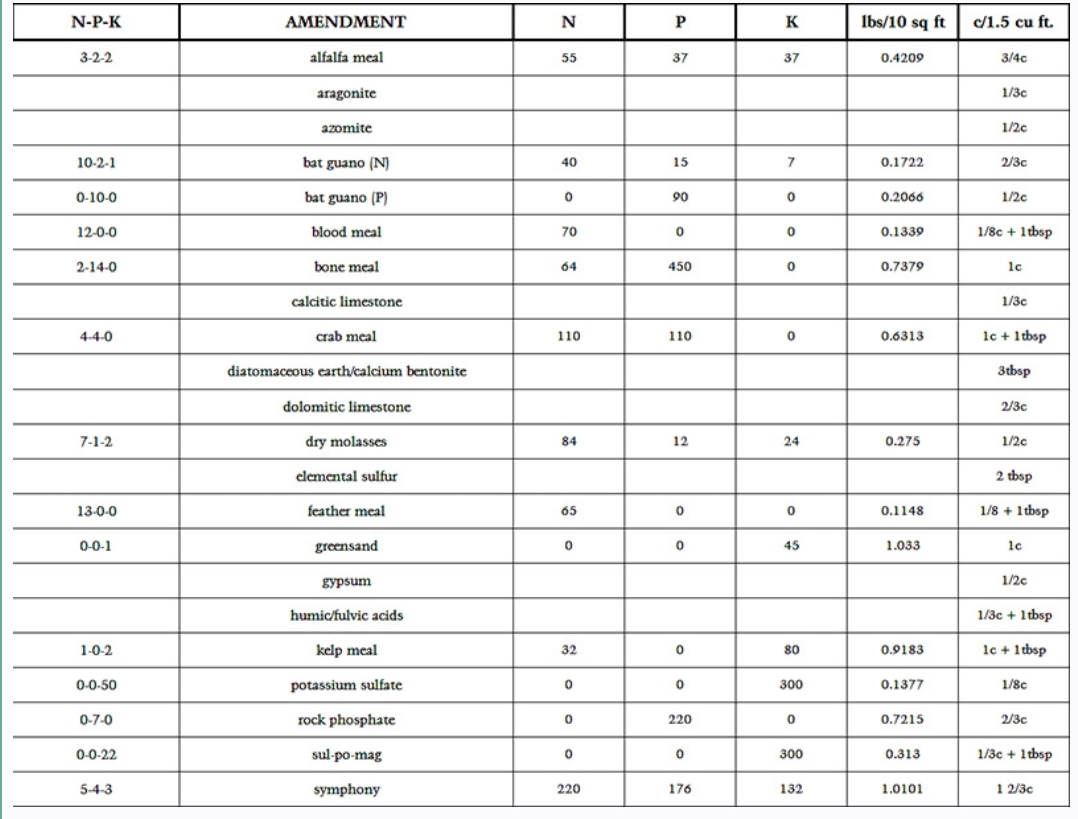Metatron
Member
I did some grows back in 2018 and because of life I've had to step away. Back then I mixed an amendment blend, mineral blend, and lime blend. I can't find anywhere in my notes on how much to add to a base soil mix, can anyone recommend anything?
This was based off Clackmas Coot's recommend mix back then and I've yet to find the original post in my bookmarks or search feature. Can anyone point me in the right direction?
Thanks
This was based off Clackmas Coot's recommend mix back then and I've yet to find the original post in my bookmarks or search feature. Can anyone point me in the right direction?
Thanks



